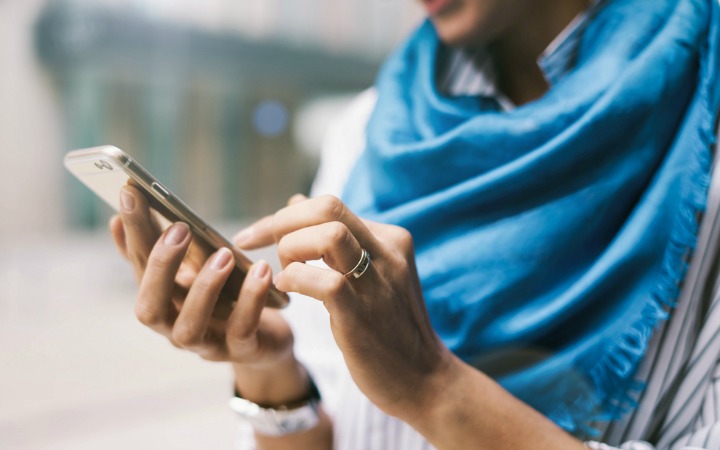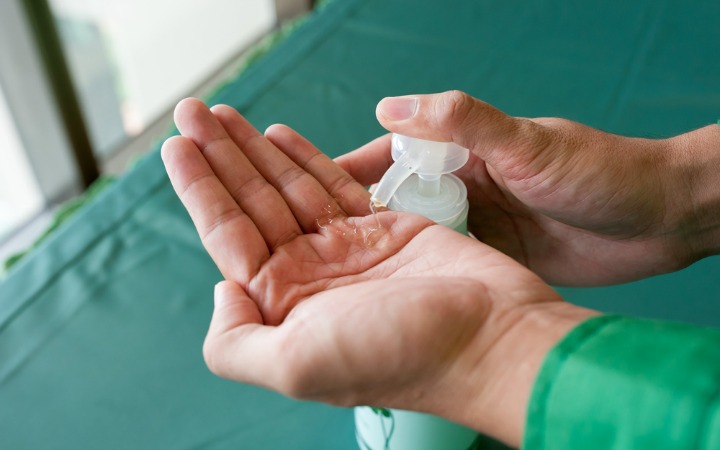6 Things You May Not Know About Hand Washing
How often do you wash your hands? Probably a few times a day, and probably without even thinking about it. But there is an art to hand washing and the implications of unwashed hands can be terrible. We look at 6 things you might not have realised about washing your hands.
1. 80% of infectious diseases are transferred by touch
This doesn’t just mean person-to-person contact. Touching your mouth, eyes and food can spread germs and viruses drastically. Illnesses like diarrhoea and flu are primarily spread in this way. The most important time to wash your hands is before and after preparing food and after using the bathroom. It’s reported less than 75% of women and less than 50% of men wash their hands after using the bathroom. Think about that next time you shake someone’s hand!
2. Your smartphone could be dirtier than a toilet seat
A Which? A study found that tablets and smartphones contained at least 7 times more bacteria than an office toilet seat. They tested for the bacteria Staphylococcus which can cause major food poisoning and diarrhoea. It produced some shocking results. They only found 20 units of Staphylococcus on the toilet seat, compared with 140 on the smartphone and a whopping 600 on the tablet! You should clean yours with antibacterial wipes that don’t contain alcohol.

3. Your fingernails are the grubbiest
Whilst most of us will clean our hands regularly, we probably don’t clean under our nails. What we don’t realise is that this is the place on our hands that contains the most bacteria. The BBC tells us ‘the space between the skin and nail creates a perfect environment for the growth and proliferation of these minute life forms, thanks to both the physical protection provided by the nail and all that moisture’. False nails and those with nail polish also contain more bacteria than natural nails. This is because the germs cling to chipped polish and the glue on false nails. Taking time to clean under your nails with a brush could reduce your risk of illness massively.
4. You shouldn’t just use hand sanitizer
Hand sanitizer is great for using when you don’t have access to soap and water. But the U.S Centre for Disease Control and Prevention want us to know that it definitely should not be used as an alternative in everyday life. They say ‘alcohol-based hand sanitizers don’t kill ALL types of germs, such as a stomach bug called norovirus, some parasites, and Clostridium difficile, which causes severe diarrhoea’. You should not use hand sanitizer if your hands are visibly dirty as this will not remove the germs. Hand sanitizer should only be used instead of hand washing after visiting someone in hospital. Washing hands with soap and water is always a better option.
5. ‘The Solution to Pollution is Dilution’
Or so says medical supplier Henry Schein. It’s impossible to kill all bacteria on your hands with soap and water, but the key is dilution. Using soap and water will decrease the number of bacteria to a point below the infectious threshold. The outer layer of bacteria on your hands is the most dangerous for transmitting disease, but this is easily eliminated by hand washing.

6. Time is of the essence
It’s not enough just to run your hands under a tap and walk away. ‘Washing your hands properly should take about as long as singing "Happy Birthday" twice (around 20 seconds)’ advises the NHS. Singing the song in your head should give you a good idea of how long you should spend washing your hands. It’s important to clean the palms, between the fingers, back of the hand and fingernails. Read theWorld Health Organisation guide on how to wash your hands properly.
